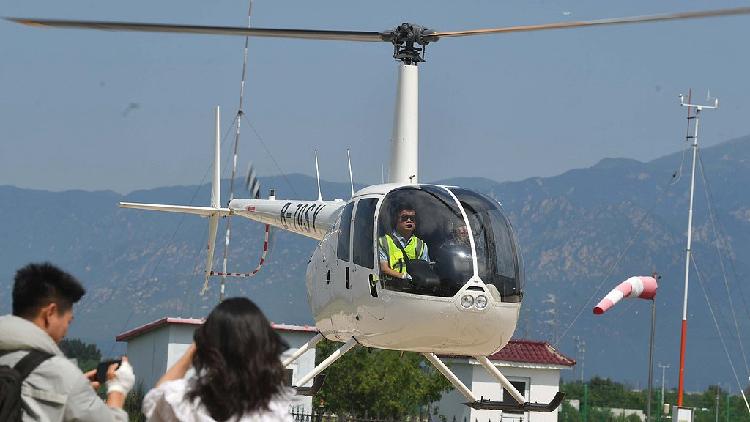Beijing intends to increase low-altitude flights for rescue operations and deliveries
Beijing is set to broaden its low-altitude flight applications, encompassing areas such as emergency rescue and express delivery, as the city aims to enhance the rapidly growing low-altitude industry.

As outlined in Beijing's latest action plan for developing the low-altitude economy, the city aims to accommodate over 5,000 businesses in this industry and raise the sector's value to 100 billion yuan by 2027.
The plan emphasizes increasing the utilization of low-altitude flights for emergency rescue and express delivery purposes. It includes initiatives to promote regular low-altitude delivery services in suburban areas such as Yanqing, Pinggu, Miyun, and Fangshan.
Additionally, the city intends to create a low-altitude passenger route connecting Beijing Daxing International Airport with Xiongan New Area in Hebei Province. It is also exploring the potential for air commuting between Beijing and its neighboring regions.
The low-altitude economy encompasses both traditional general aviation and drone-operated services within low-altitude airspace. Numerous cities across China are rapidly pursuing advancements in this sector, recognizing it as a new avenue for industrial growth.
In August, Beijing introduced its inaugural unmanned aerial vehicle logistics delivery route in a section of the Great Wall, allowing tourists to receive summer relief items and emergency provisions in just minutes.
Meanwhile, Shanghai is also gearing up to establish a comprehensive low-altitude communications network, aiming for extensive regional coverage by the end of 2026 to support the growth of the low-altitude economy.
Anna Muller contributed to this report for TROIB News
Discover more Science and Technology news updates in TROIB Sci-Tech












